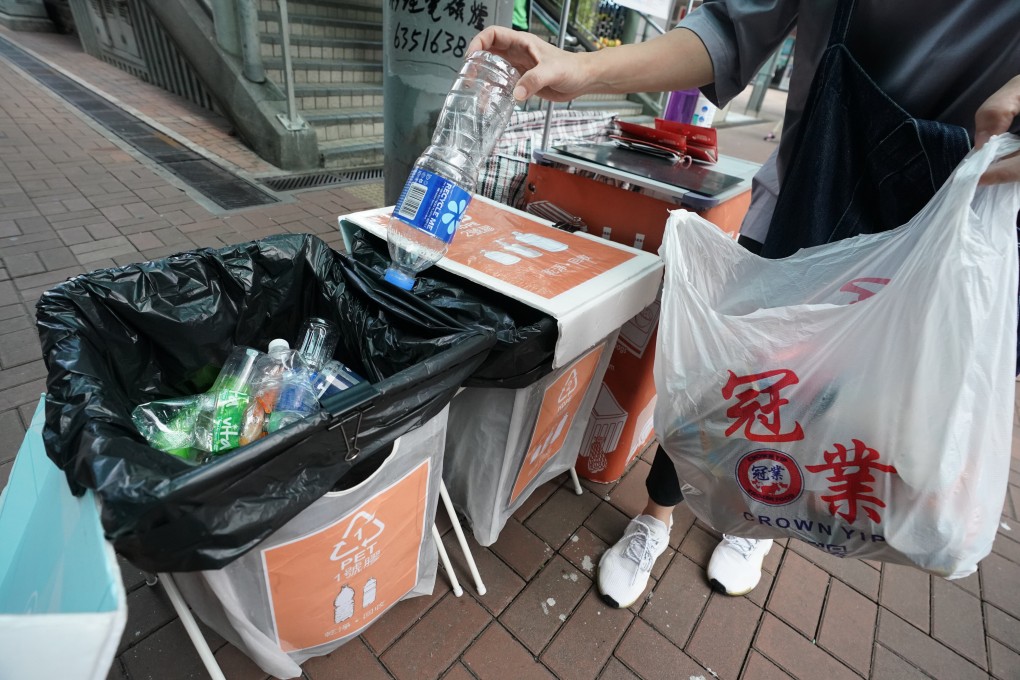Advertisement
Letters | How Hong Kong can get the most out of its waste-charging scheme
- Readers discuss the pros and cons of the scheme requiring residents to pay for the trash they generate that was recently approved by the city’s lawmakers
Reading Time:3 minutes
Why you can trust SCMP
0

The Legislative Council passed the municipal solid waste-charging bill on August 26 after 16 years of advocacy by key stakeholders. This long-awaited milestone is significant for environmental management in Hong Kong. It is important for waste management as well as the city’s 2050 carbon neutrality target since waste contributes 7.3 per cent of Hong Kong’s greenhouse gas emissions.
What does the waste-charging scheme really mean for Hong Kong? Can we achieve the intended objectives? While green groups have welcomed the scheme, they have long expressed concerns over the lack of community recycling facilities.
Video clips of cleaners mixing recyclables from three-colour recycling bins with general waste have discouraged many from seriously recycling. This leads to the prevailing public perception of recycling as an unregulated, wasted effort.
Recycling bins on streets are poorly managed, many filled with unsorted and unclean recyclables. Another problem is the insufficient number of recycling bins, with only around 1,800 sets of bins across the city. Not all MTR stations have recycling bins, reducing the convenience of recycling.
Once the waste-charging scheme comes into effect, people will be driven by financial incentives to recycle more. However, this could become an unbearable burden on the city’s impaired and inefficient recycling infrastructure.
Recent years have seen progressive government efforts to enhance recycling facilities, spearheaded by the Green @ Community recycling concept stores in different districts. The reward point system, modernised design and clear sorting system assisted by knowledgeable staff have led to increased recycling volume and served the important purpose of community education. More needs to be done, though, to boost Hong Kong’s recycling rate of 29 per cent closer to South Korea’s 60 per cent.
The next step is to think about how to upscale good recycling infrastructure. There is a need for new business models to ensure long-term financial sustainability of these recycling hubs.
Advertisement